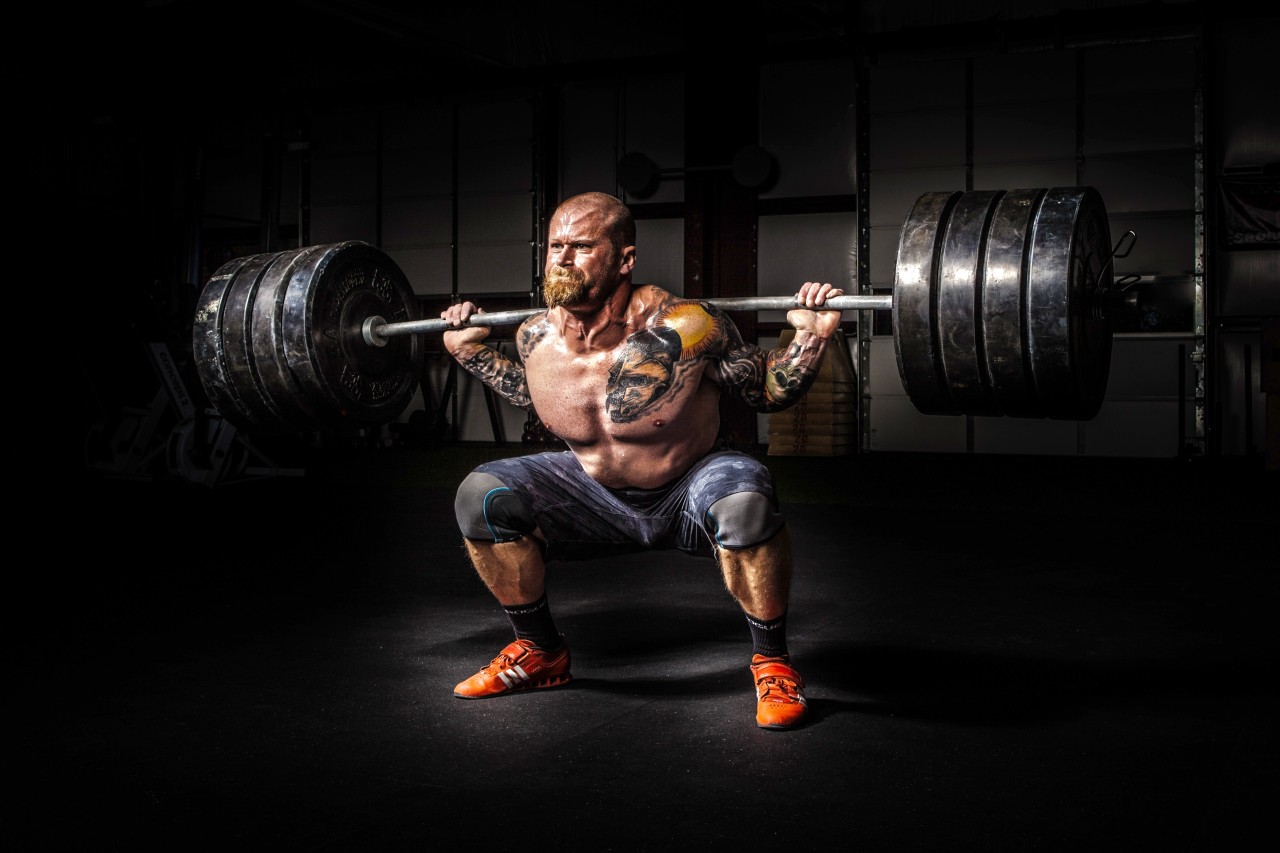Squats & Knee Position: A Deeper Appreciation Part 2
Squatting is great for recruiting maximum neural activity to challenge the body. If you have not read Part 1 and watched the associated videos, I highly recommend it. It will give you a highlighted viewpoint as to where this blog is directed. To better understand squatting and knee position as an adult, we need to strip away everything and go to back to the basics.
Basic Movement Patterns
There are two generalized or basic movement patterns that all movement is achieved through: ipsilateral and contralateral movement patterns. Ipsilateral movement simply means rotational movement, or the co-activation of agonistic and antagonistic stabilizing strategies to achieve rotation. Contralateral movement is activating certain movement strategies to produce forward or upward movement. Since squatting is generating the maximum amount of neural activity for upward movement, squatting is a contralateral movement pattern. This means the body needs to maximize certain stabilizing points of the body associated with contralateral movement patterns, to achieve optimal performance in the squat.
Neurological Overload
If the brain is excessively challenged at a near max effort in terms of speed or load, then primitive or deeper, ingrained stabilizing patterns may manifest. For squats, this is seen as knees caving inward. Remember, squats are a contralateral or upward/forward movement pattern; forward movement is first achieved by the brain stabilizing at the medial knee (seen in toddlers). If challenged beyond the reach of the current status quo, the brain will divert back to this knee stabilization pattern. When the knees cave in, the brain is trying to find a deeper, tried-and-true, stabilizing pattern to achieve the task at hand. However, there is not a solid base to apply pressure into (i.e. the floor); as a result, the knees cave inward. The brain is trying to find more points of stability to apply pressure into to assist generation of upward or forward motion.
Squatting & Toddlers
No one teaches a baby how to roll over, sit, crawl, kneel, stand, walk or run. At the age of 3 months, a baby will start to stabilize his/her body, while laying on the stomach, at specific bony points. Two of these points are the medial epicondyles of the femurs (inner knees). This contact point enables a toddler to find a center of stability to generate mobility. Proper mobility is always superseded by proper stability. They are each others Yin & Yang. By applying pressure downward into the floor from the knees, a toddler can rock their body forward and backward to help strengthen and bring awareness to the body. This contact point establishes crawling, and over tens of thousands of repetition this contact point becomes deeply ingrained into the brain as a helpful default setting for stabilizing the body.
Throughout the first 14 months of life a toddler will constantly use these contact points to generate forward motion in order to help strengthen the neuromuscular system. Once the brain feels stabile enough is will allow a baby to progress to higher positions, such as standing and eventually walking. At this point in time, the baby will focus more effort on maximizing foot and hip mechanics to achieve body weight bipedalism.
Knee Position: An Assessment Tool
As stated in Part 1, there can be many contributing factors to poor squat mechanics. However, if passive mobility is not the limiting factor, then what is left is the active system. If the goal is to get to a near max effort, ignore the weight and focus on how the body is moving under the load. Focusing on movement, over weight, will help fine tune the little things that often go neglected, hindering performance. If the brain does not feel stabile under a certain load, it will guard the body by limiting range of motion and utilzing deeper ingrained stabilizing patterns.
The body is a fantastic machine. All parts are linked. If one system becomes overloaded via excessive neurological information and is unable to fully achieve the desired task, it will recruit deeper forms of stabilizing patterns to do so. For the squat, the knees will cave inward when hip and foot dynamics are not working ideally. I believe knees caving inward can be an assessment tool for identifying when the current level of neuromuscular awareness of the body is at, or close to, max effort. Instead of fearing knees caving inward, appreciate it as an assessment tool that very few in the fitness industry have realized or are talking about.
About the author
Dr. Keith Sparks is an award-winning chiropractor, functional medicine expert, and the co-founder of ICT Muscle & Joint Clinic. Dr. Sparks’ emphasis of care originated within the fields of rehabilitation, soft-tissue therapies, and chiropractic. To date, he has brought this unique combination of skills into union with functional medicine. The sole purpose of intertwining these distinct skills, knowledge, and services is to provide incomparable care to his local community. Dr. Keith Sparks is often seen in the Wichita, KS community speaking at business events and teaching health and performance classes.
